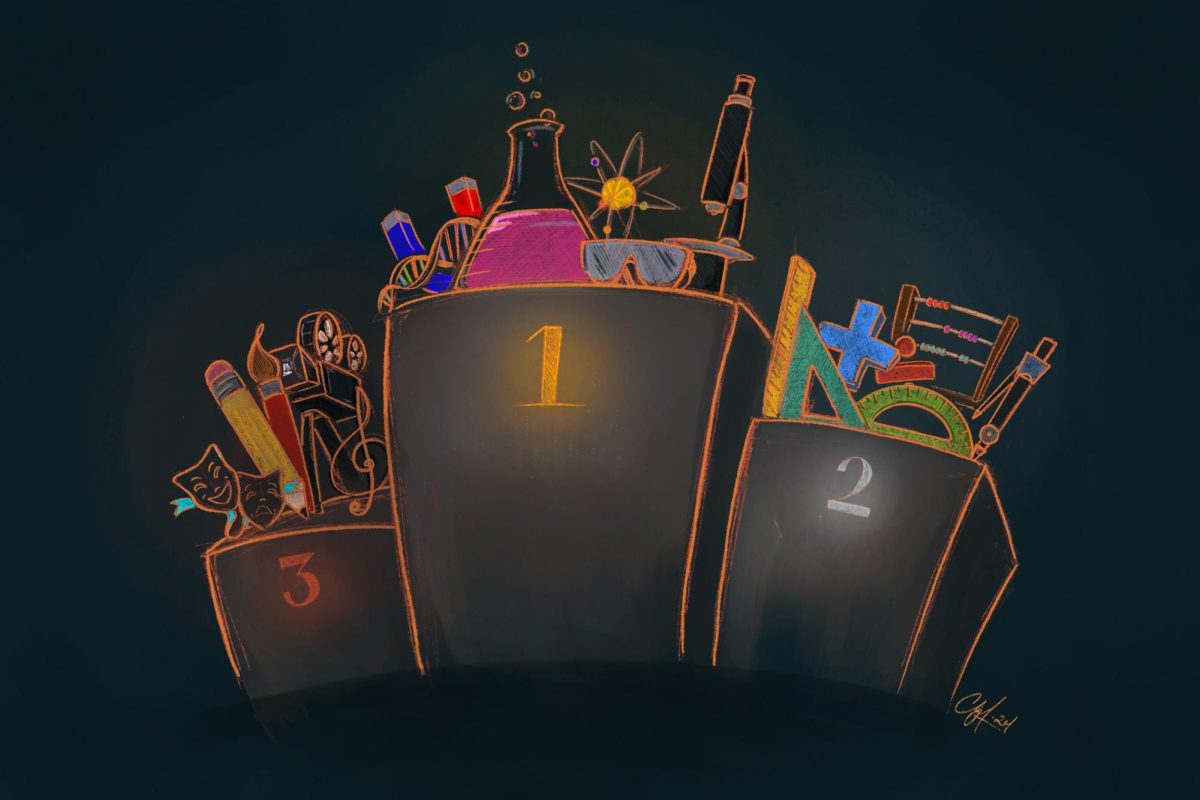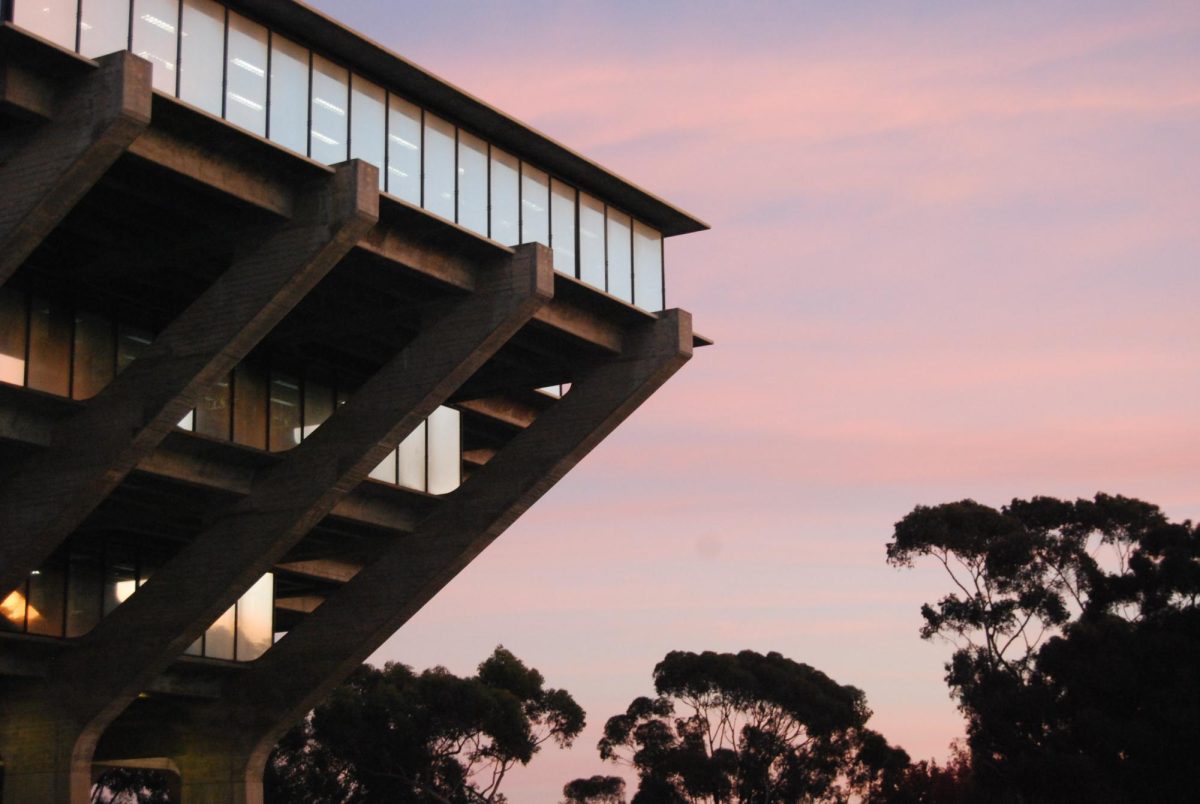Do you have your career and financial future in mind when you register for classes? Do you feel alienated in big lectures? Do you feel a distance between your professors and yourself? Do you spend most of your time at work and have no time to study? If these questions apply to you, you’re not surprising your professors.
Four UCSD professors, commenting on the conditions that face today’s UCSD undergraduates and the ways in which undergraduates respond to the surrounding conditions, all agree that students’ abilities have not changed over the past few decades. The academic atmosphere at UCSD presents students with a world of new challenges that affects their goals and performance.
Goals: Career vs. Academic
Many professors said that over the past few decades students have focused more on career goals at the undergraduate level than ever before.
“”It’s a career education that makes students competitive and achievement driven,”” said Philip Roeder, a political science professor at UCSD.
As a bachelor’s degree has become more a necessary step toward a successful career, students have become more competitive at the undergraduate level. As the college degree has become more vital, students have attempted to attain it more quickly than ever before.
“”Students zip through their college years and come out the other end making $80,000 per year,”” said David Crowne, a literature professor at UCSD who has been teaching since 1964. “”Why would they stop and smell the daisies?””
In fact, a survey put out by the Career Services Center in 1999 showed that average income six months out of college was $35,600 with 10 percent of survey participants making $50,000 or more.
Students also feel the pressure of deciding their career goals earlier in their education.
“”Education has a broader scope,”” said David Ringrose, a history professor who has been here for 26 years. “”Now students try to fit themselves into fairly narrow slots.””
These new pressures have changed the way students view education.
“”Students have a tendency to want to know about grades rather than to get taken up with a problem or a question,”” Ringrose said.
In fact, three of the professors interviewed said that undergraduate students rarely approach them about anything other than test scores and grades.
Biology professor Melvin Green attributed this shift in education and research to the influence of big business on education.
“”Students of the sciences have always been grade-driven,”” Green said. “”However, the big change in students is that they seem much more interested in the financial aspects their career has to offer.””
Green agrees that the entire field of science and research is changing and that this has an impact on students of the sciences.
“”People who succeed today have to be both good scientists and good businessmen,”” Green said.
With such a competitive job market, it is not difficult to imagine why undergraduates today constantly have their careers in mind.
Our Academic Atmosphere
Competition has always been an essential element of academia. In fact, there is an element of cooperation at UCSD that you might not find in the Ivy League circle.
“”One of the nice aspects about students here is that competition doesn’t turn into backstabbing,”” Roeder said.
UCSD deals its undergraduates its own set of challenges. All four interviewees agreed that huge lectures are not exactly conducive to in-depth learning. Both Green and Crowne were already teaching at UCSD when undergraduates were introduced in 1964, and they’re both nostalgic about the one-on-one relationships they formed with the 180 undergraduates at the time.
It’s a two-way street that affects both the student’s learning and the professor’s teaching.
“”Your first or second year, no matter your major, you spend time in classes of 100 to 200 kids,”” Ringrose said.
He said it’s understandably difficult for undergraduate students to raise their hands in a lecture of 200, and the only way he can get question-and-answer sessions in class is to structure the class so it cannot function without them.
In accomplishing this, teaching assistants are a crucial component of the learning process. Green said that undergraduate TAs have been “”especially successful in helping students in lower division classes.””
Unfortunately, students must choose to accept the help. Green hopes that something can be done for the students who do poorly on exams.
“”The poor students are the ones who never ask for help,”” Green said.
Publish Or Perish
Since the 1960s, the face of research and publishing has changed radically for professors. Publishing constantly and keeping on the cutting edge of research has become crucial for securing tenure. This policy is common at universities around the country and the result is teachers are spending less time on teaching and more time on research.
“”Every minute taken from research is a cost to us,”” Roeder said. The result is professors who are disinterested in teaching contributing to a “”devaluation of the profession,”” as Roeder puts it.
Professors also have become less accessible outside of class.
“”You either have great researchers and mediocre teachers or mediocre researchers and great teachers,”” Ringrose said.
Another disadvantage is the actual material that is produced by professors’ research. Crowne said the research works published are directed toward an author’s peers and therefore inaccessible to undergraduates.
In terms of the sciences, Green said, “”Research has always been important to professors. Tangible rewards such as promotions, salary, rank, space and respect came from research.””
Forty years ago, according to Green, one could succeed with a small lab, one assistant, one grant and one really good paper a year. This is not the case anymore. With these pressures on professors, a distance naturally forms between them and the students they teach.
“”Everyone has a stake in the situation,”” Roeder said. “”Students want to go to a university ranked among the top research institutions, as do faculty.””
Every university is “”keenly aware”” of what every other one is doing. It’s a vicious cycle that has emerged in the past 40 years, with no solution in sight.
Balancing Work And School
The college student questionnaire, administered by Student Research and Information in 1999 found that 58 percent of undergraduates work. Furthermore, the majority of these employed full-time students work over 11 hours per week.
Working on the outside may make time pressures more intense. Roeder, when asked what one thing he would change about students if given the chance, said he would “”give them all scholarships so that they could be full-time students and have more extra-curricular time.””
Not having the time takes away from in-depth learning. Crowne remembers being in college, when he and his friends read books “”like demons”” and soaked up all the information. Something about the academic atmosphere here, he says, makes someone who pores over books for hours seem like a “”nut-cake”” for being too interested in a subject.
Ringrose agrees, seeking the lack of a niche at UCSD where “”weird people who are smart can say things that make you mad and research things that are not prominent.””
Students here are busy. They are no-nonsense. They have a positive attitude but also have a lot on their plates. This appears to be the general view of the professors that were interviewed.
All in all, professors have a positive view of undergraduates. They see room for improvement, but mostly attribute the problems they see to the environment in which UCSD students are educated. When asked how students look from the other side of the classroom, Crowne nodded his head, grinned and said, “”They look fine.””







